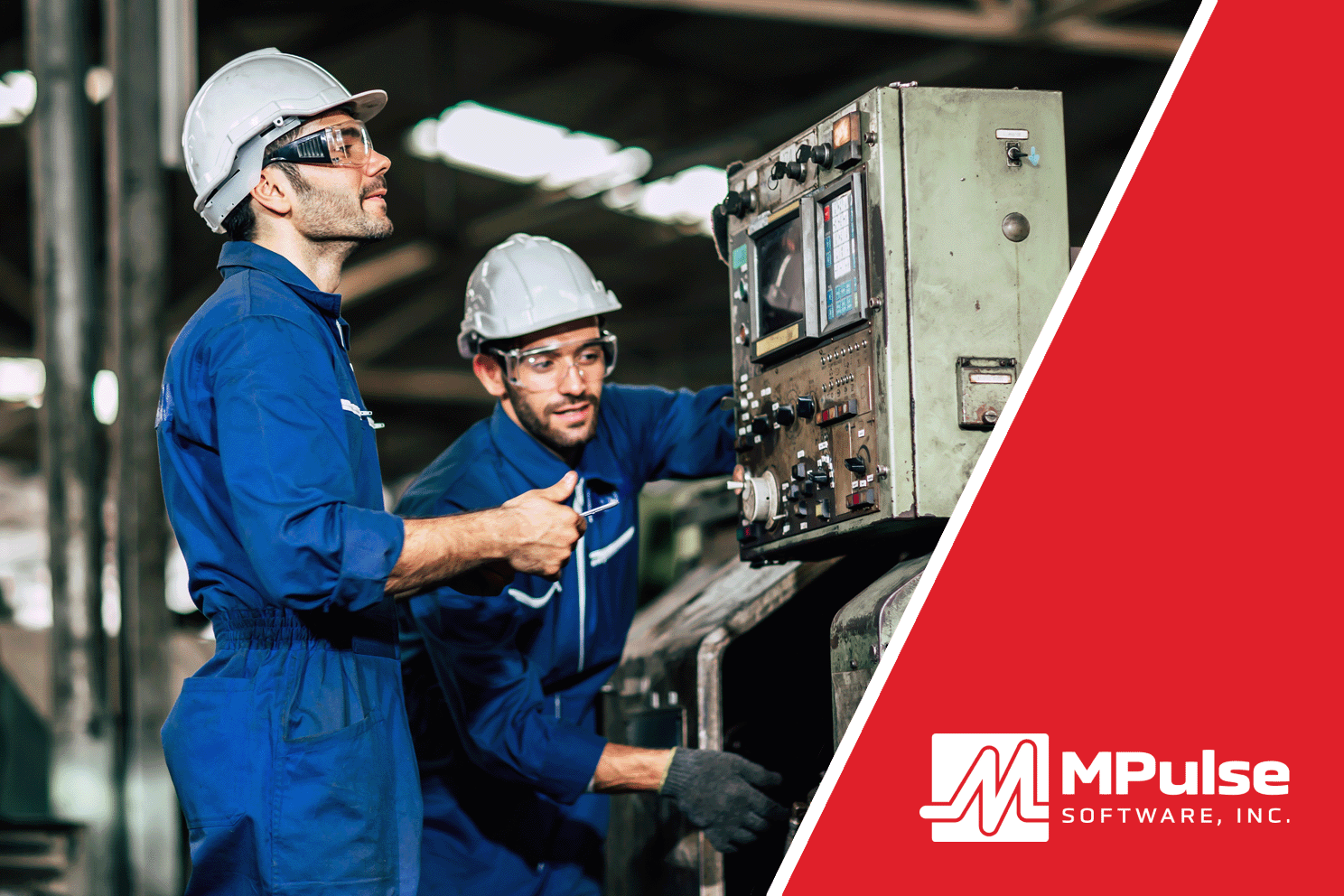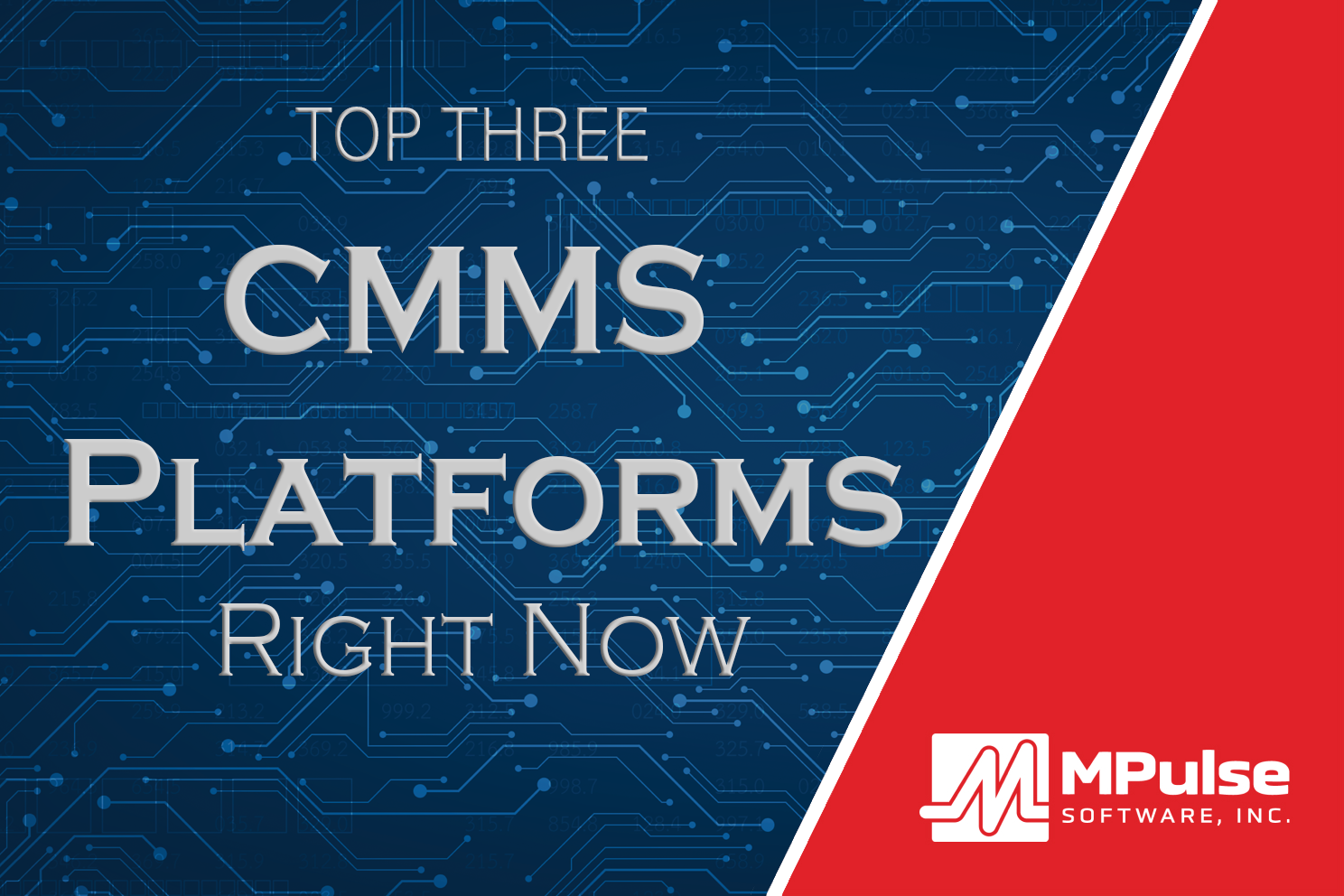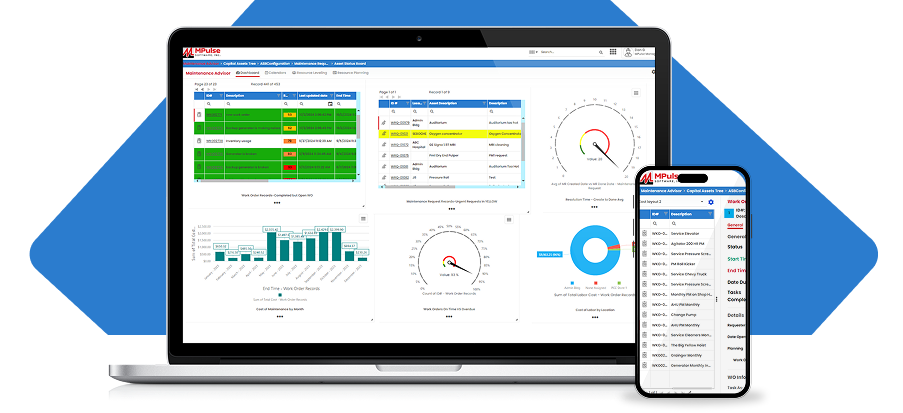Tracking the right facility maintenance KPIs in your CMMS helps you measure performance, reduce downtime, control costs, and keep your operations running smoothly.
When you purchase or upgrade your CMMS, you expect things to improve. Maybe you want faster repairs, fewer breakdowns, or better tracking. But how do you know if the upgrade is actually working?
The answer is simple: you measure it.
CMMS helps you understand what’s going well, where you need to improve, and how your facility is performing over time. These metrics give you real numbers that you can use to make better decisions and keep your team on the right path.
Below are the key CMMS KPIs facility managers should focus on right after implementation.
Table of Contents
Core Facility Maintenance KPIs
After your CMMS purchase or upgrade, you want to focus on three core maintenance metrics: Mean Time to Repair (MTTR), asset uptime, and work order completion rates. These facility performance indicators help you understand the basics of how well your maintenance program is working day to day.
Mean Time to Repair (MTTR)
MTTR measures the average time it takes to repair equipment once it breaks down. A lower MTTR means your team is fixing issues faster. If your new CMMS improves scheduling, communication, or access to documentation, you should see MTTR go down within the first few months. If it doesn’t, that might mean your workflows need more fine-tuning or your team needs additional training.
Asset Uptime
Asset uptime tracks how often your equipment is up and running compared to when it is down. High uptime means your critical systems (i.e., HVAC units, production machines, or building controls) are available when you need them. After upgrading your CMMS, one of the first things you should notice is better visibility into preventive maintenance schedules. Watching this KPI should help prevent breakdowns and increase uptime overall.
Work Order Completion Rate
This KPI shows how many work orders are being completed on time. If your CMMS offers improved mobile access, automated alerts, or easier data input, your completion rate should rise. A high on-time completion rate means your maintenance team is staying organized and responding quickly to requests. It also shows that your CMMS is helping your team work more efficiently.
Efficiency and Utilization Maintenance Metrics
Once you have a good handle on the core KPIs, the next step is to look at how efficiently your team is working. These maintenance metrics reveal whether your resources, time, and equipment are being used effectively.
Technician Productivity
Technician productivity measures how much work each technician is completing. CMMS should make it easier for technicians to receive assignments, find instructions, and update progress. After implementation, look for an increase in the number of tasks completed per technician or a decrease in time spent moving between jobs.
Scheduled vs. Reactive Work
Every facility aims to increase scheduled maintenance and reduce emergency repairs. Tracking the percentage of planned work versus reactive work gives you a clear picture of the stability of your maintenance program. CMMS should shift your team toward more preventive work, which usually costs less and takes less time in the long run.
Inventory Turnover
If your CMMS includes inventory tracking, this KPI helps you understand how often parts and supplies are used and restocked. Strong turnover means you’re keeping the right amount of inventory, not too much and not too little. This KPI is especially important if you manage a large stockroom or want to prevent delays caused by missing parts.
CMMS Cost and Sustainability Indicators
Your facility performance indicators should also include metrics that track costs and environmental impact. These numbers help you make smart budget decisions and support sustainability goals.
Maintenance Cost per Asset
This KPI shows how much you’re spending to maintain each asset. It includes labor, parts, and time. If you upgraded to a more powerful CMMS, you should gain better insight into which assets cost the most to maintain. This data can help you decide whether to repair, replace, or upgrade specific equipment.
Energy Usage
Some modern CMMS platforms allow you to track energy consumption. Even if yours doesn’t, you can still connect utility data to your maintenance program. Watching energy usage over time helps you spot inefficient equipment or areas where upgrades could save money.
Waste Reduction and Sustainability Metrics
If your facility has sustainability goals, a CMMS can help track things like reduced paper use, fewer emergency callouts, or lower emissions from equipment. By logging inspections and preventive maintenance, you can also prevent leaks, wasted materials, or environmental hazards.
How to Use Dashboards to Visualize Results
Dashboards are one of the most powerful tools in any CMMS. They turn raw data into clear charts, graphs, and alerts that help you understand your facility maintenance KPIs at a glance. A good dashboard shows you what’s happening right now, what needs attention, and how your numbers are trending over time.
In MPulse, for example, you can set up dashboards to monitor your most important KPIs, such as open work orders, overdue tasks, upcoming preventive maintenance, and asset performance. You can also create custom views for each department or technician. For example, a technician might need to see their daily assignments, while a facility manager might need a high-level view of total costs and workload.
Dashboards also help you communicate with leadership. Instead of digging through spreadsheets, you can show them graphs that make it easy to understand improvements or justify budget requests. When used correctly, dashboards turn your CMMS into a real-time decision-making tool.
Ready to Improve Your Performance?
Tracking the right facility maintenance KPIs is the best way to measure success after upgrading your CMMS. These metrics give you a clear picture of performance, efficiency, and cost savings. They also help you catch problems early and keep your facility running smoothly.
Get started. Contact us.





